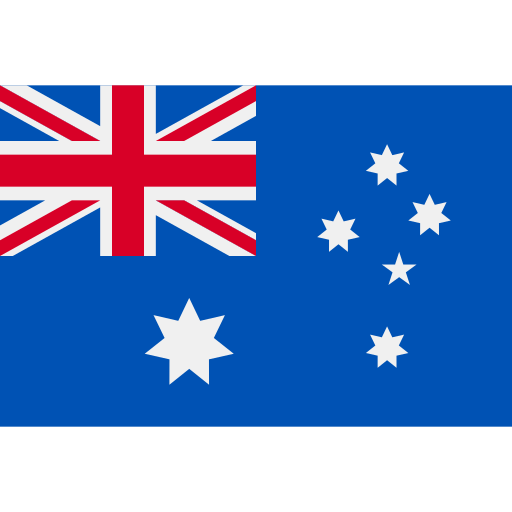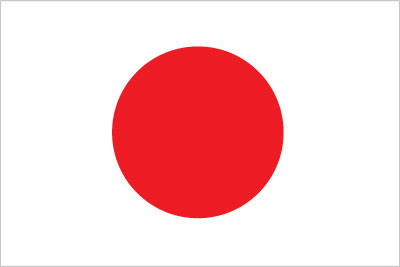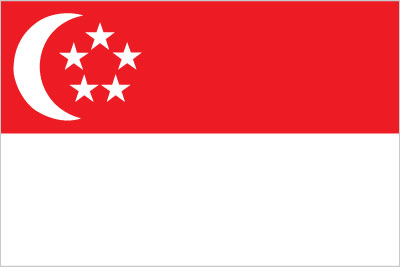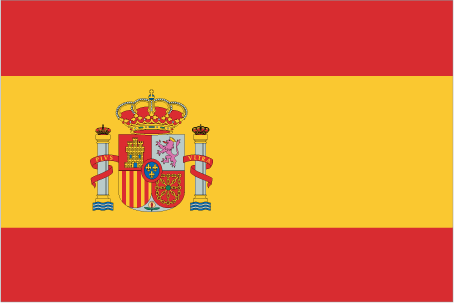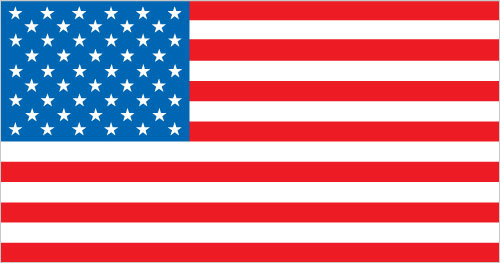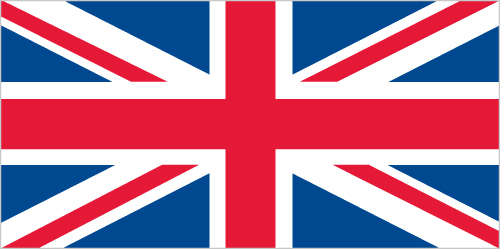Trade Finance

Welcome to TTP’s Trade Finance content hub. On this page and throughout the rest of this hub you will find information and resources to help you understand the important role that trade finance plays in facilitating international commerce.
What is trade finance?
Trade finance refers to the collection of financial tools and mechanisms specifically developed to support international trade.
These instruments effectively help to reduce many of the risks (such as payment, political, and credit risks) inherent in international trade and, therefore, help enable businesses to expand into global markets.
Trade finance has existed, in some form or another, since ancient times, with early merchants relying on informal letters of credit and trade guarantees to protect against non-payment risks during long-distance trade.
Modern trade finance has a nearly identical function: it ensures exporters receive timely payments, enables importers to secure goods without immediate upfront cash, and protects all parties involved from political, credit, and currency risks.
There are several key actors in trade finance transactions:
- Banks and financial institutions
- Importers (buyers)
- Exporters (sellers)
- Insurers
- Regulators and policymakers
Types of trade finance products
The term ‘trade finance’ is an umbrella term that includes any number of tools and instruments that help importers and exporters structure contracts to minimise cash flow risk while helping them build relationships with counterparties.
Some of the more common trade finance tools are:
- Letters of credit
- Documentary collections
- Guarantees
- Bonds
- Factoring
- Invoice discounting
- Supply chain finance
- Export credits and financing programmes
The nuances and suitable applications of each of these will vary widely, but at their core, they all exist to ease the financial challenges associated with participating in international markets.
How trade finance transactions work
Often, in international trade the counterparties to a transaction are distant from one another. This does not just mean geographically separated, but often they can exist in two different countries with two different legal systems and business norms. This can make it hard to trust each other compared to a domestic transaction where the counterparties can (usually) put trust in their shared legal system, even if they don’t know each other well.
Naturally, without this trust, a seller will be more keen to receive payment upfront before they ship their goods to the other side of the world. Likewise, a buyer would be more keen to only make after receiving the goods, or better yet, several months later after they have already profited from reselling them.
This disconnect in the ideal timing of the financial flows between buyers and sellers creates friction in the transaction. This is where trade finance instruments can step in and grease the wheels, so to speak.
Letter of credit simple example
To illustrate this, let’s use a simple example of a letter of credit transaction. Suppose that the Canadian Coffee Company wants to import $1,000,000 of the finest Fairtrade luwak coffee beans to sell at its range of high-end boutiques. CCC has found a supplier on the Indonesian island of Sumatra, Sumatra Bean Enterprises. Awesome!
Except CCC can’t afford to pay a million dollars today when it will take at least a month for the beans to arrive and likely another before they can sell them to customers. Plus, what if something happens and SBE takes the money and doesn’t send the beans? SBE on the other hand cannot send such a large quantity of its best beans to a buyer it has never worked with before. What if they don’t pay?
Without trade finance, CCC and SBE would be at a standstill and the transaction may well fall through. Not good.
Thankfully, the two businesses can use a letter of credit. To do this, CCC will go to its bank in Canada and have them write a letter of credit to SBE’s bank in Indonesia. Effectively, this letter will tell SBE’s bank that CCC’s bank will guarantee the $1 million payment once it receives certain documentation proving that the shipment has been made. Using their banks as trusted intermediaries, CCC can trust that it won’t have to pay anything unless it actually receives the beans, and SBE can trust that it will actually get paid as long as it ships the beans. Trust restored.
Benefits of trade finance
As the example of the Canadian Coffee Company and Sumatra Bean Enterprises shows, there are plenty of benefits to trade finance.
A big one is risk mitigation. In the example above, the two parties were able to safeguard themselves against the risk of non-payment and risk of non-delivery. By turning to some of the other instruments available or structuring the transaction in other ways (something that their trade finance bankers would be able to assist with) trade finance could also allow them protect against other risks like quality, currency, or political risks, among others.
Enhanced cash flow is another significant benefit. By working with a bank and using the underlying trade transaction as collateral, sellers can enhance their cash flow by getting paid upfront for the transaction, while buyers can manage their liquidity my not making payment until after the goods have been received (often some months later depending on the payment terms). This is good for both counterparties and is something that banks are generally more than happy to provide (for a small cut) given the favourable risk profile of trade finance transactions.
Using trade finance also allows businesses to be more competitive. Imagine that Sumatra Bean Enterprises required payment upfront before sending the beans (something that they may well need in order to keep the lights on). This necessary demand may have scared potential counterparts off and sent them in search of competitors. By using trade finance, sellers can maximise their appeal to buyers while still maintaining responsible liquidity practices.
Regulatory environment in trade finance
There are several key regulatory considerations that must be kept in mind when dealing with trade finance.
Since trade happens across borders and jurisdictions, many transactions cannot rely on the laws set out in any one country. To help with this, the International Chamber of Commerce (ICC) publishes rules and guidelines to standardise trade finance practices globally. The Uniform Customs and Practice for Documentary Credits (UCP 600), for example, governs letter of credit use, while the Uniform Rules for Collections (URC 522) covers documentary collections. Many trade transactions are also built around the ICC’s International Commercial Terms (INCOTERMS).
Regulators require financial institutions to implement robust measures to identify, verify, monitor, and ultimately report any suspicious activities. These include Know Your Customer (KYC), Anti-Money Laundering (AML), and Counter-Terrorist Financing (CTF) compliance measures, which often require banks to conduct rigorous due diligence monitoring.
The Basel capital requirements influence how banks can allocate capital and liquidity reserves (to ensure they have enough capital buffer to safeguard against potential risks), which directly affects their ability to provide liquidity in the form of trade finance.
Given the international nature of trade, trade financiers must also be aware of any sanctions and embargoes that might be in effect and should be aware of the differing data protection and privacy regulations in the jurisdictions where they are conducting business.
The future of trade finance
Trade finance may have been around since antiquity, but things have been changing in the digital age. Emerging technologies like blockchain and artificial intelligence are changing the way that the industry operates – but it will take some time before the technologies reach all corners of the industry.
There are other trends impact the future of the space as well. Shifting geopolitical conditions will always have an impact but a renewed rise in protectionist thinking is changing the cost structure of trade, with residual impacts on trade finance.
While its difficult to predict the longevity of any individual shock or trend, the presence of shocks and trends on the industry, in one form or another, is almost guaranteed. These will creat opportunities for those willing to understand and adapt to the new conditions, and potentially severe challenges for those that are stuck in the old way of doing things and don’t want to change with the time.
Trade Treasury Payments is the trading name of Trade & Transaction Finance Media Services Ltd (company number: 16228111), incorporated in England and Wales, at 34-35 Clarges St, London W1J 7EJ. TTP is registered as a Data Controller under the ICO: ZB882947. VAT Number: 485 4500 78.
© 2025 Trade Treasury Payments. All Rights Reserved.
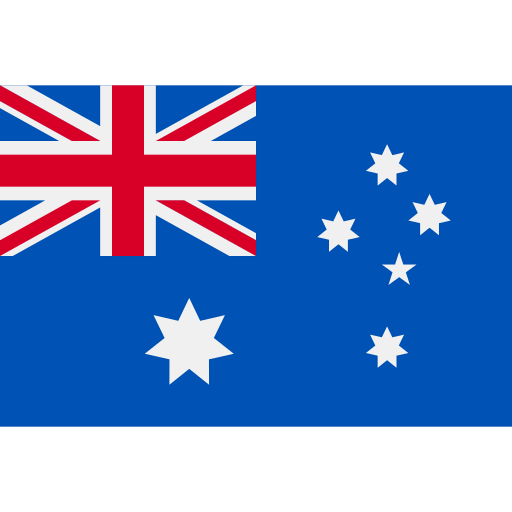 English
English
